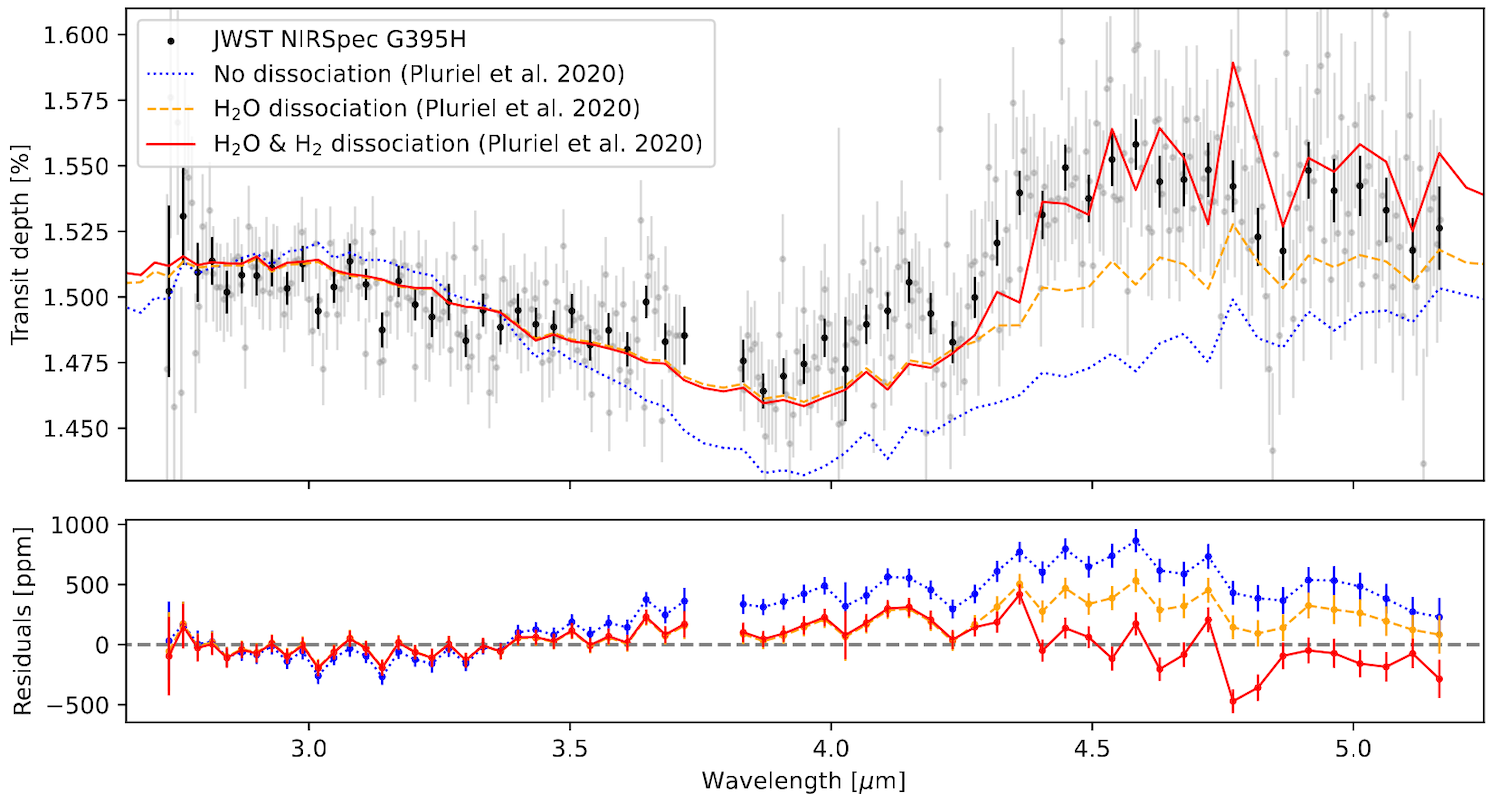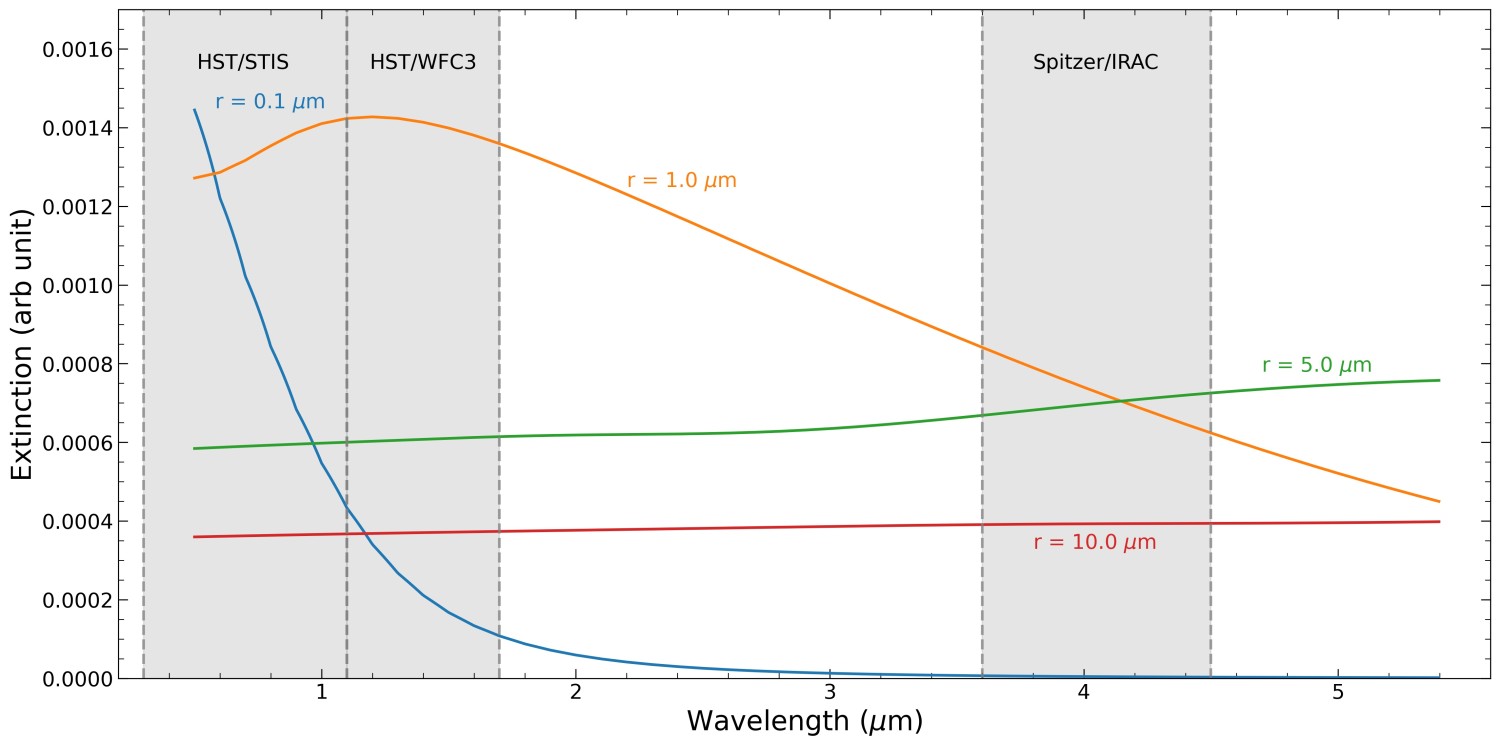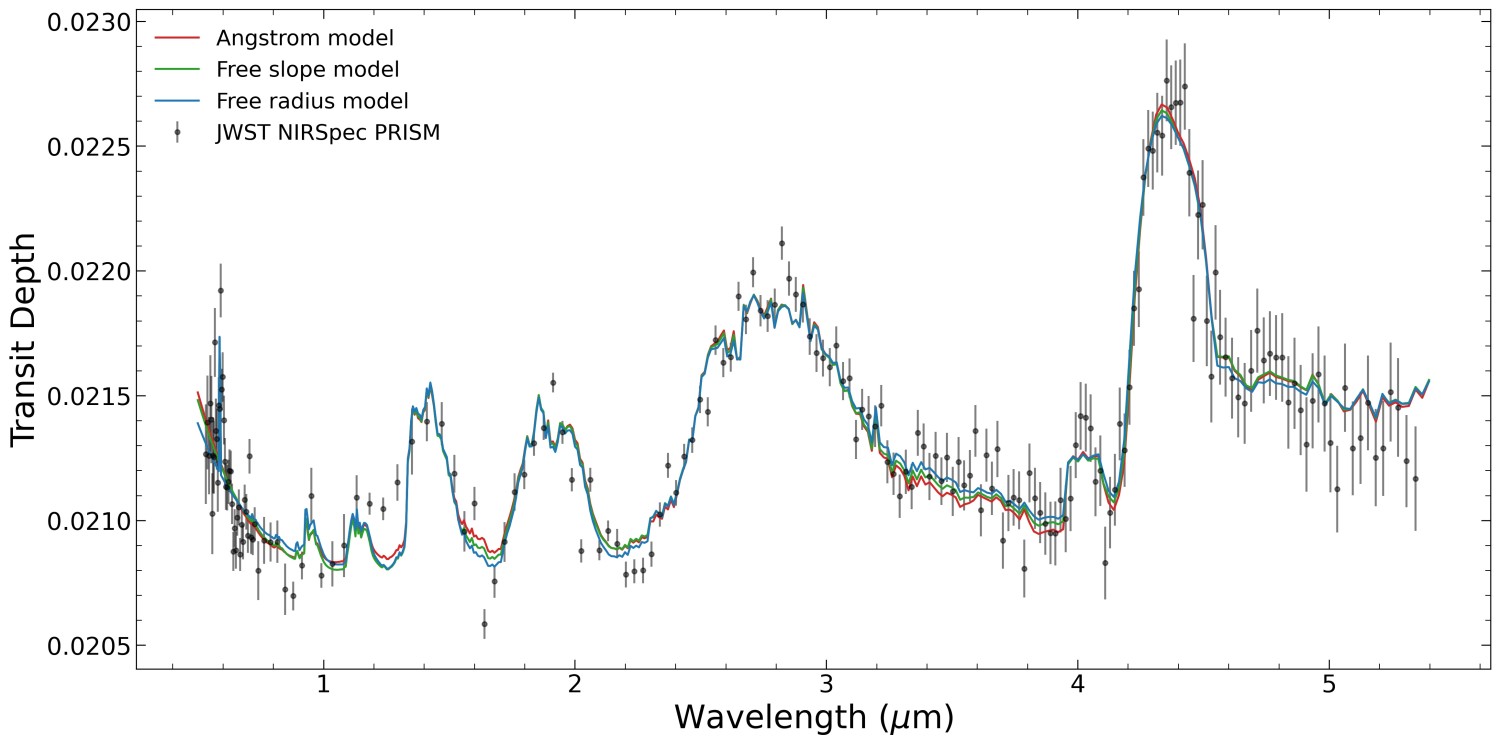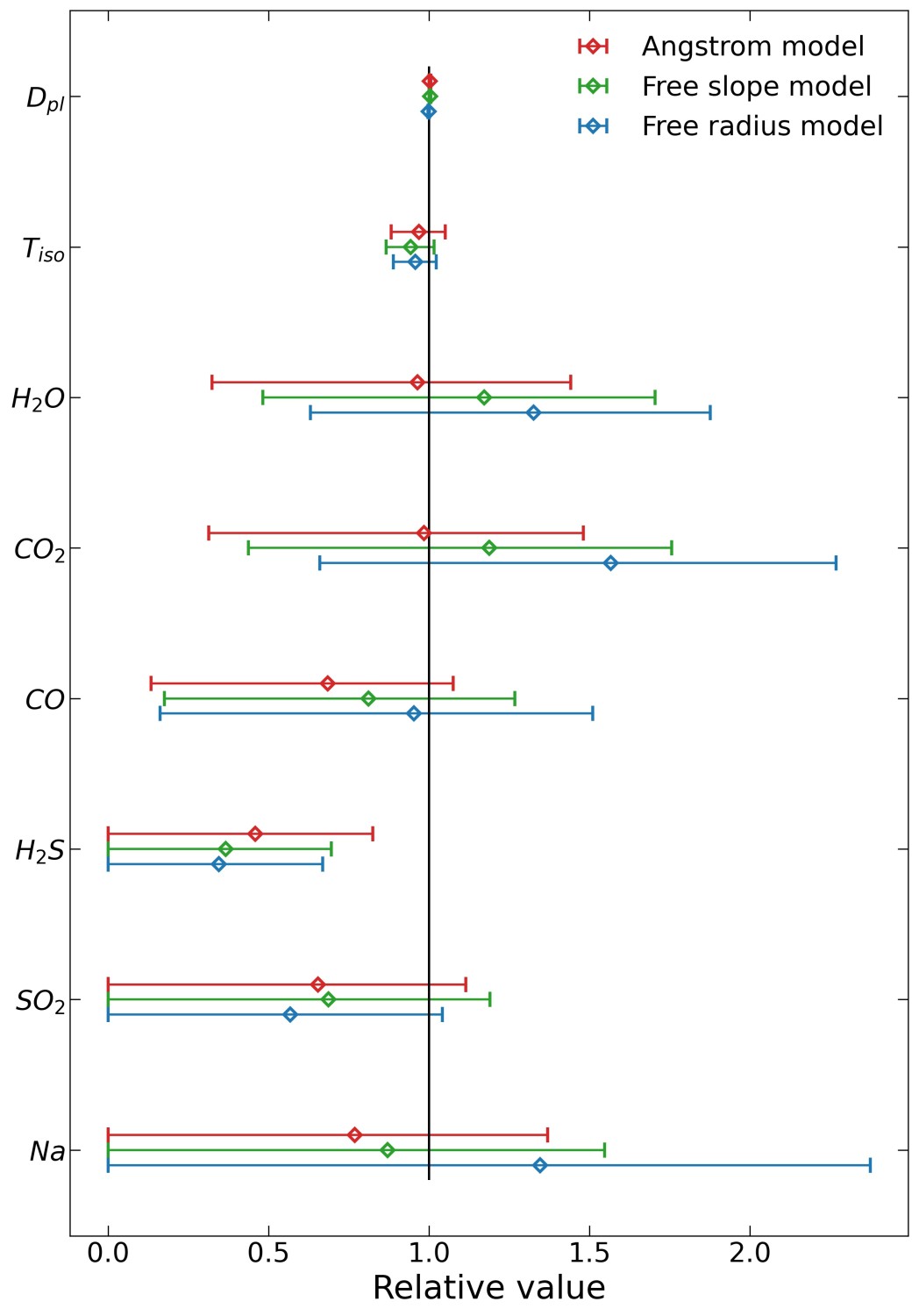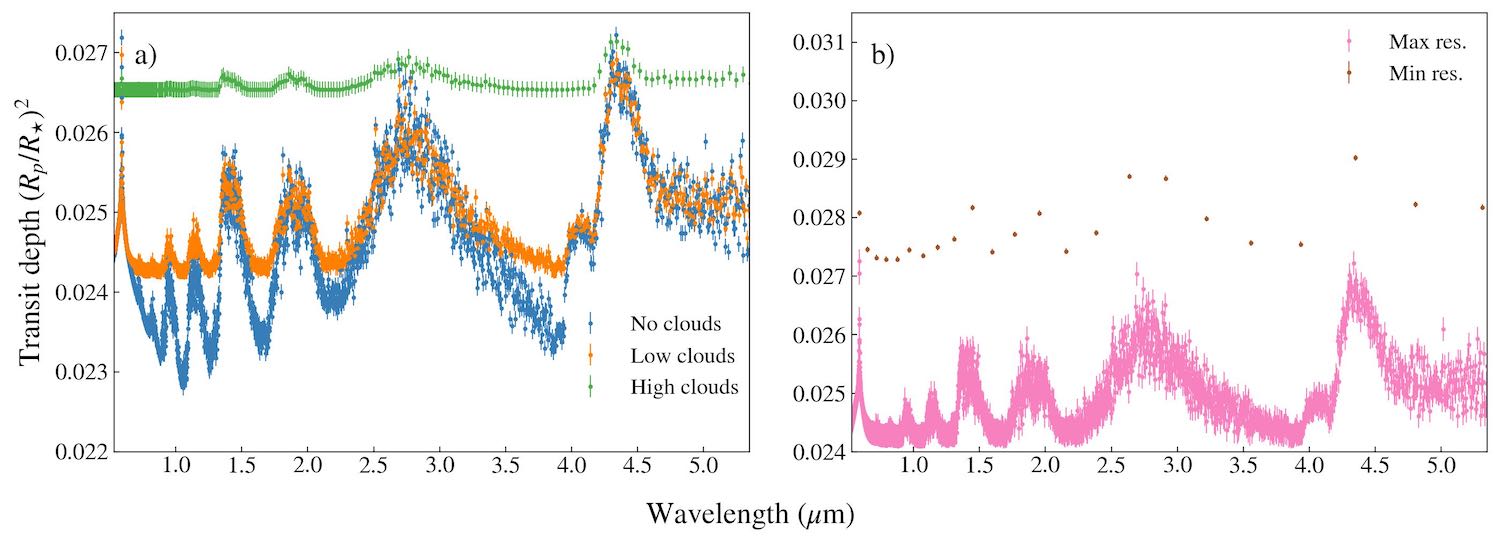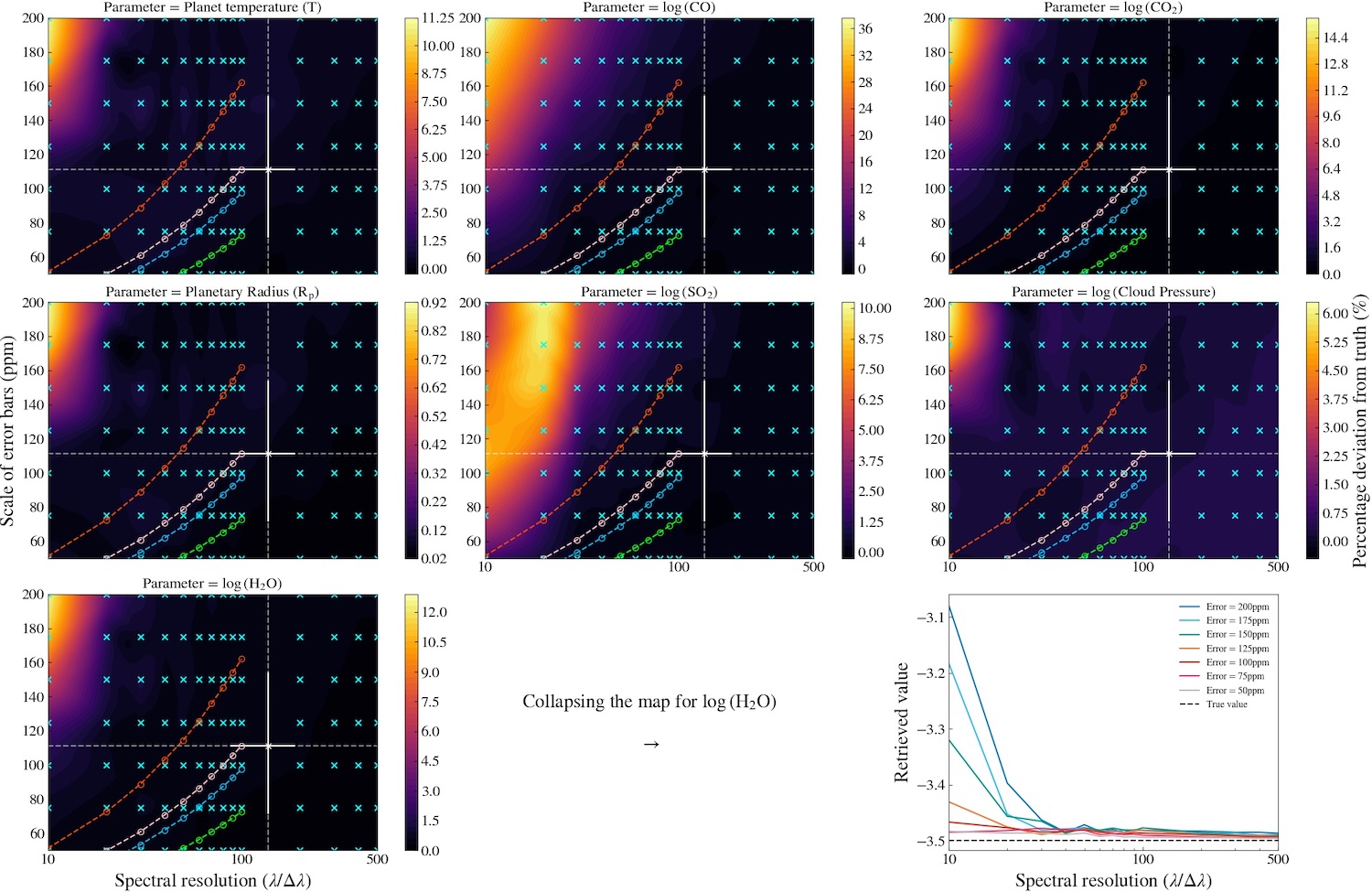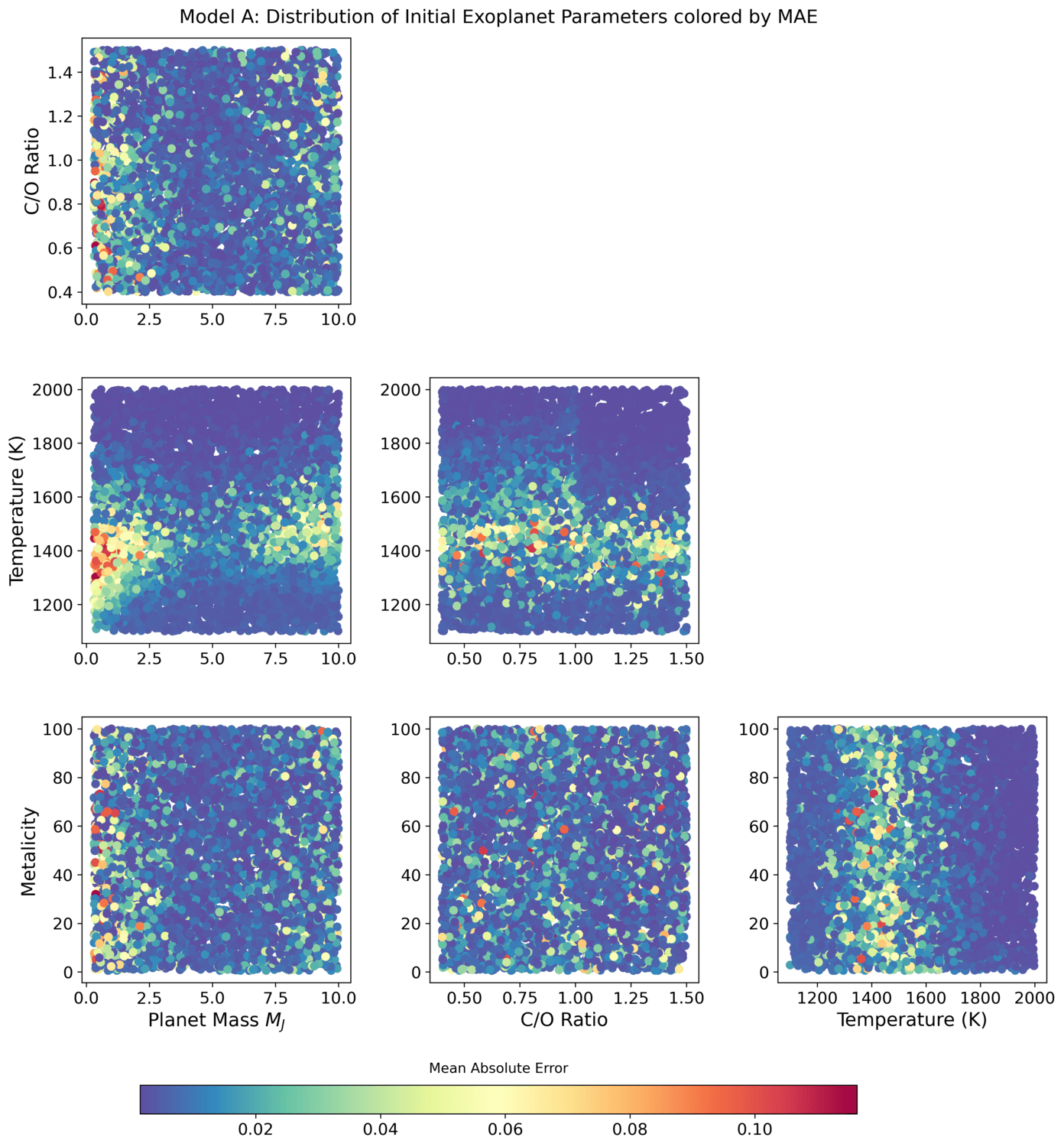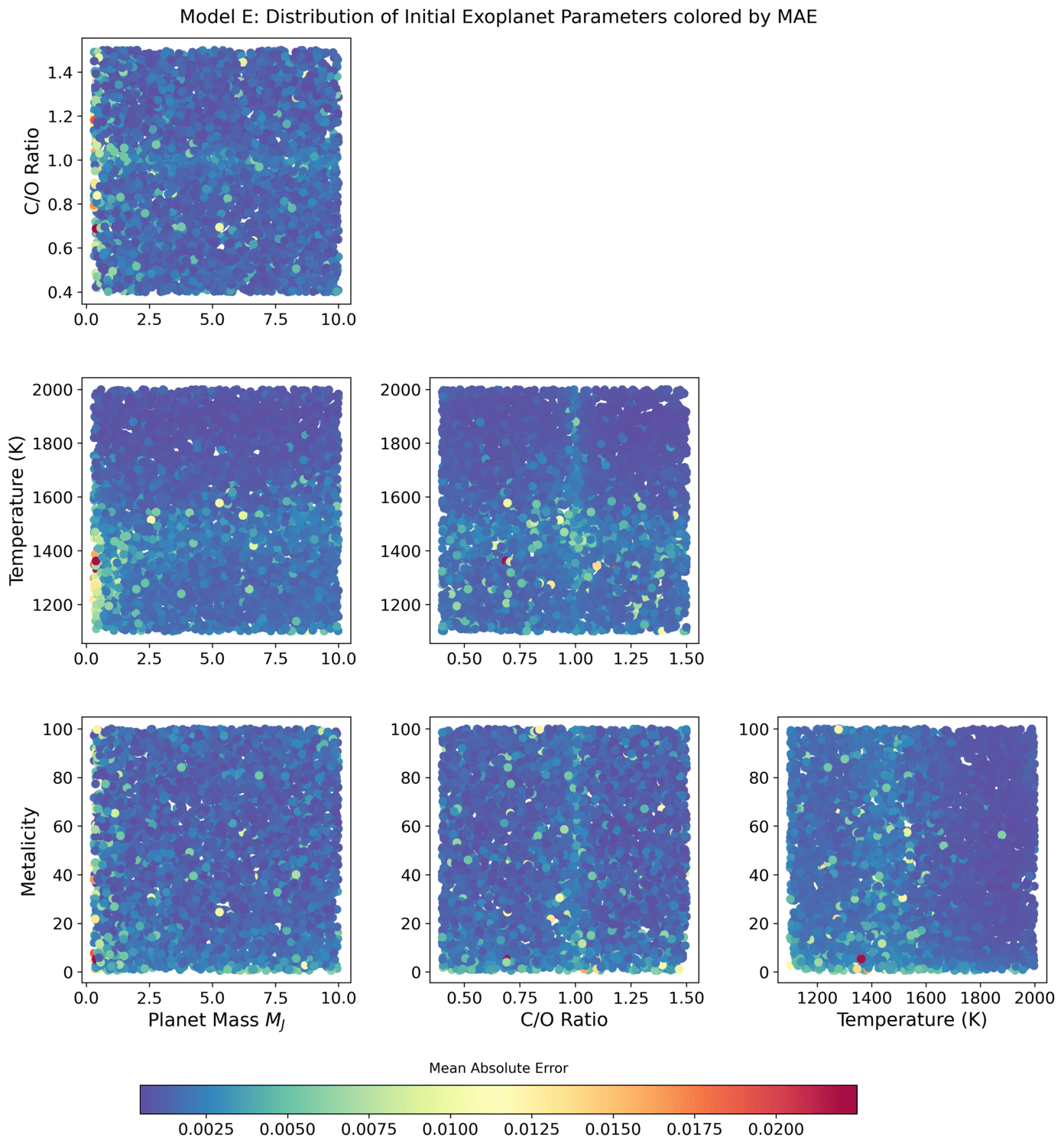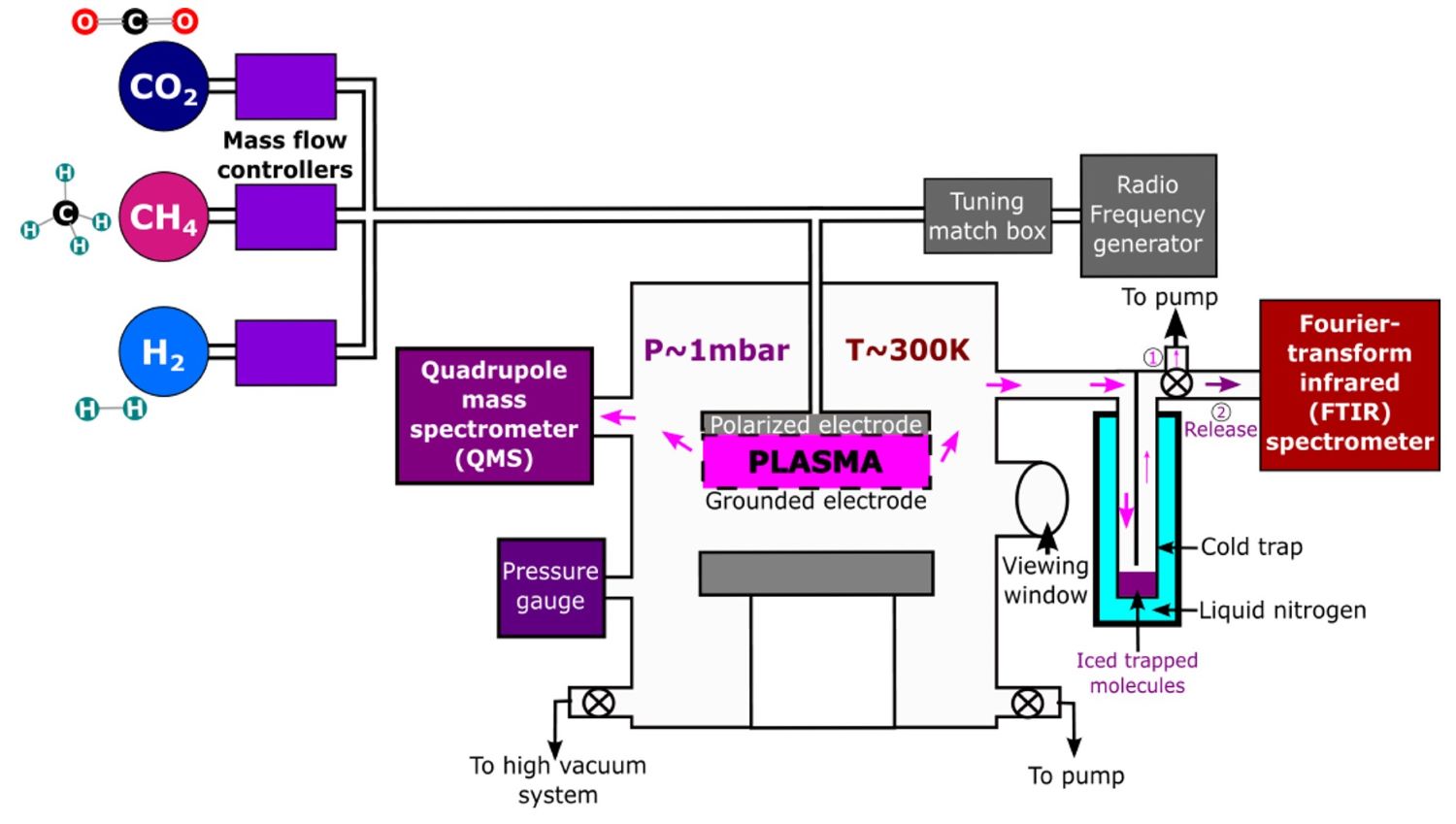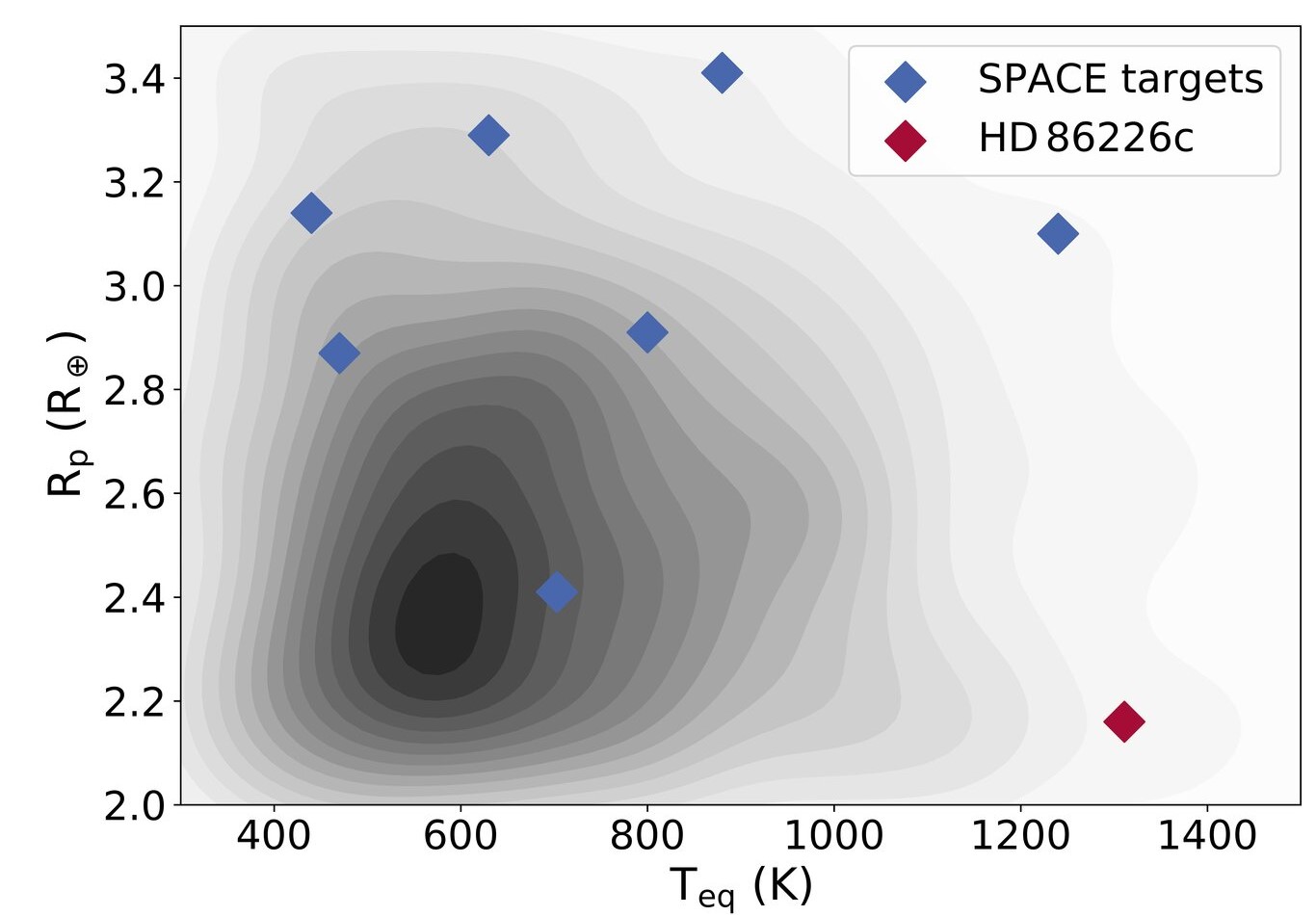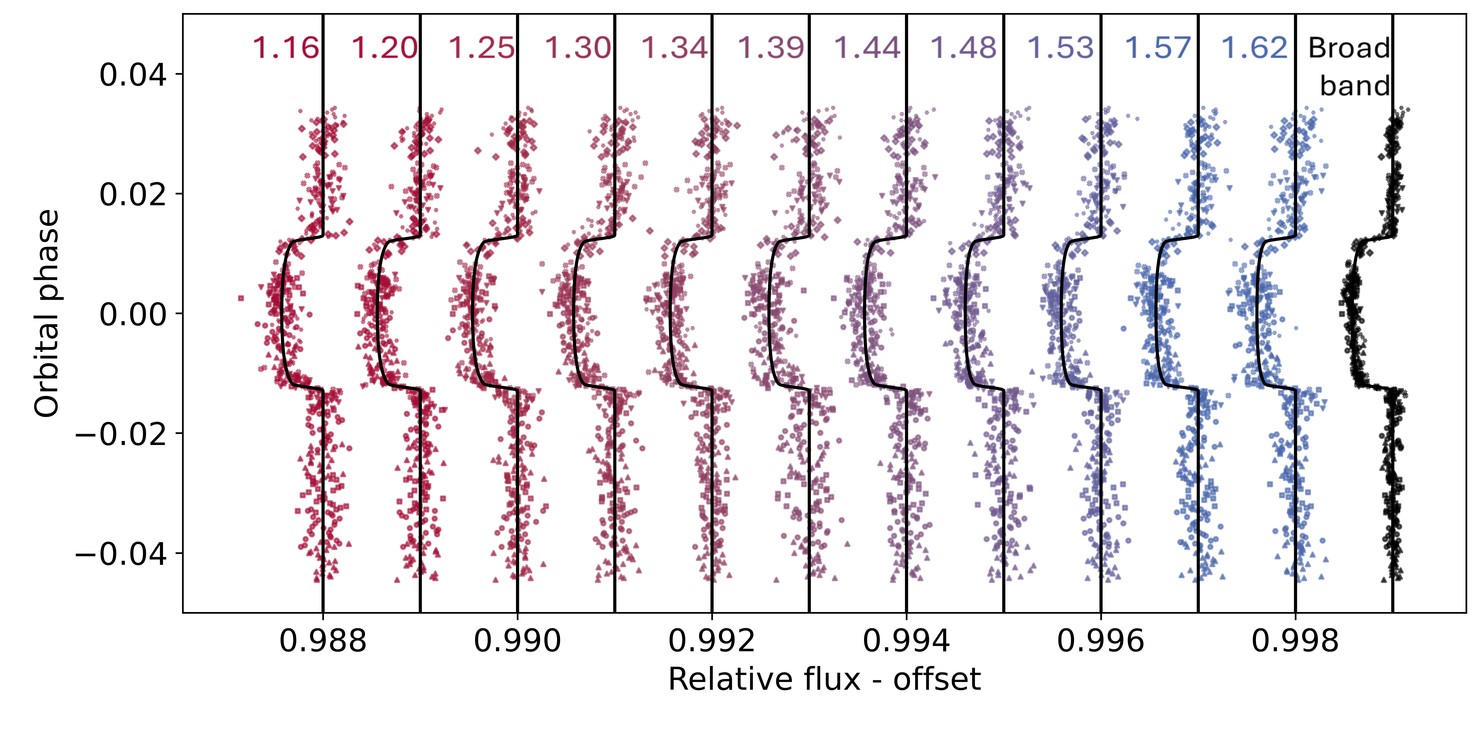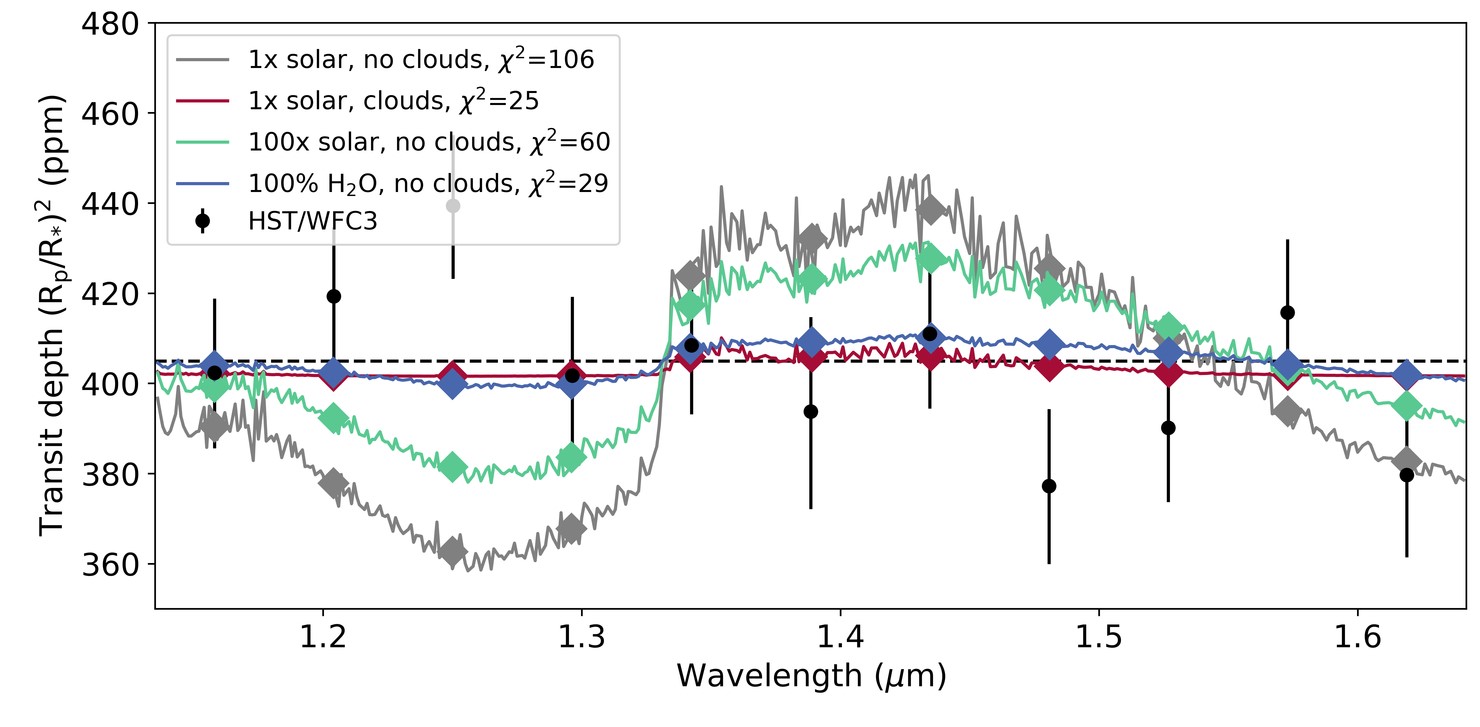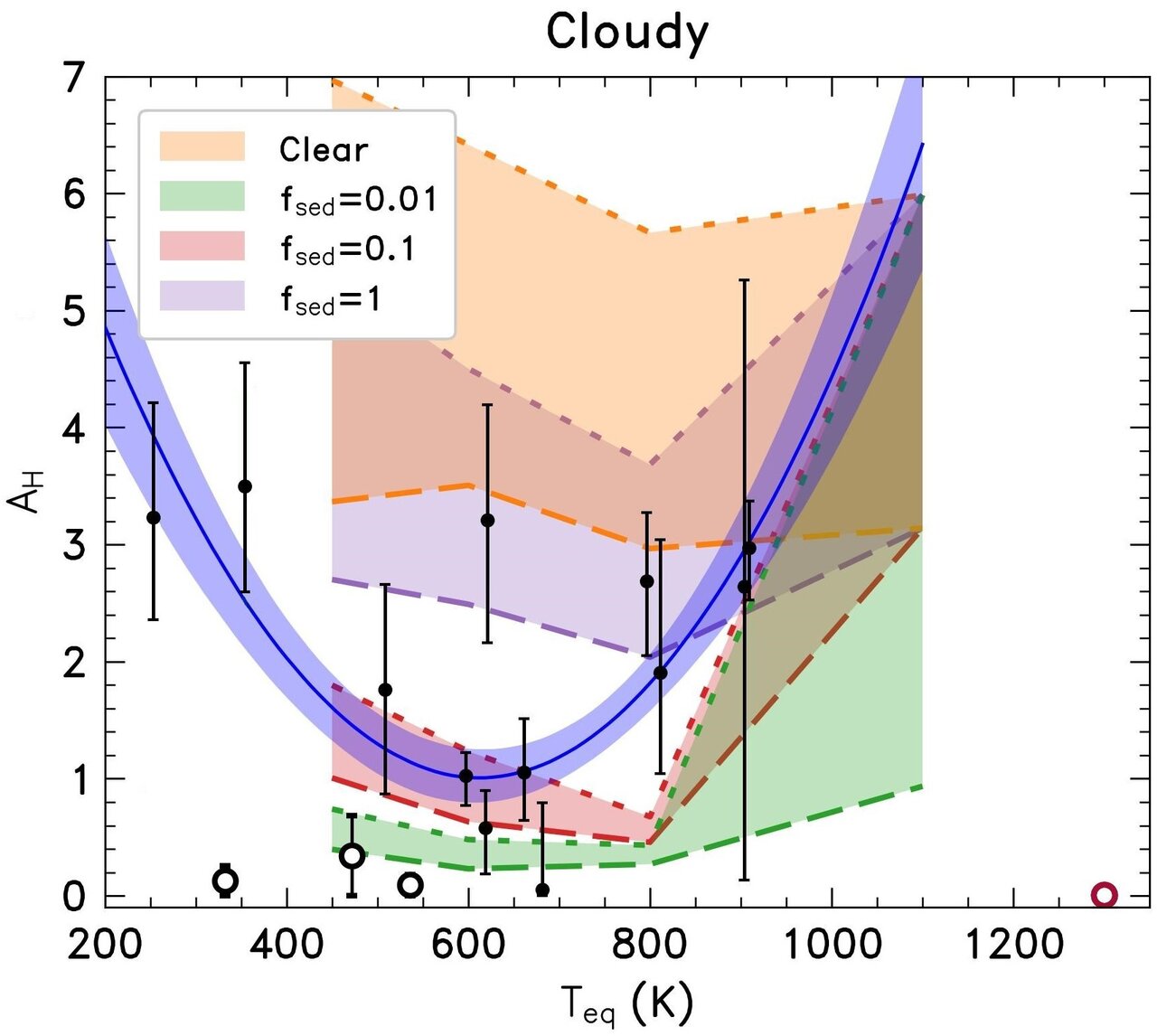EXOA2
Characterizing the diversity of exoplanetary atmospheres
This session aims to: (1) share recent results from the latest JWST observations on exoplanetary atmospheres and future observational strategies, (2) present results from the latest state-of-the-art atmospheric models and retrievals, and discuss future development needed, (3) highlight experimental results on atmospheric studies and their complementarity to models and observations, and (4) improve synergies between these different approaches.
Session assets
08:30–08:40
|
EPSC2024-35
|
ECP
|
On-site presentation
08:40–08:50
|
EPSC2024-217
|
ECP
|
On-site presentation
08:50–09:00
|
EPSC2024-191
|
ECP
|
On-site presentation
09:00–09:10
Discussion
09:10–09:20
|
EPSC2024-574
|
On-site presentation
09:20–09:30
|
EPSC2024-652
|
ECP
|
On-site presentation
09:30–09:40
|
EPSC2024-592
|
ECP
|
On-site presentation
09:40–09:50
|
EPSC2024-475
|
ECP
|
On-site presentation
09:50–10:00
Discussion
Coffee break
Chairpersons: Thomas Drant, Yassin Jaziri
10:30–10:40
|
EPSC2024-857
|
On-site presentation
10:40–10:50
|
EPSC2024-525
|
On-site presentation
10:50–11:00
|
EPSC2024-440
|
ECP
|
On-site presentation
11:00–11:10
|
EPSC2024-831
|
ECP
|
On-site presentation
11:10–11:20
Discussion
11:20–11:30
|
EPSC2024-187
|
On-site presentation
11:30–11:40
|
EPSC2024-946
|
ECP
|
On-site presentation
11:40–11:50
|
EPSC2024-218
|
ECP
|
On-site presentation
11:50–12:00
Discussion
I9
|
EPSC2024-258
|
ECP
|
On-site presentation
I10
|
EPSC2024-627
|
ECP
|
On-site presentation
I11
|
EPSC2024-924
|
ECP
|
Virtual presentation
I12
|
EPSC2024-1102
|
ECP
|
On-site presentation
